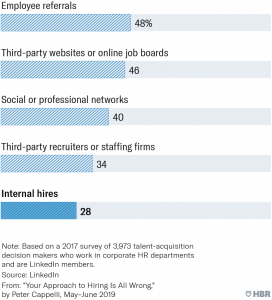This Is What An Advanced Attribution Model Looks Like

Advanced attribution frameworks become more important as the advertising industry moves into channels that do not have the ability to click on media — at least for now — such as connected television (CTV) and generative artificial intelligence (GAI).
“You don’t need to eat the elephant in one bite,” M^2 CEO Madan Bharadwaj said during a Yelp Ad Summit on Thursday.
Bharadwaj, who founded marketing measurement company M^2, said “there’s a lot of noise in the industry about attribution. It’s a little bit like trying to learn about cars in a Lexus showroom,” he added, and then comparing the car with a BMW.
“There’s a mental model for attribution, and if you carry that as markets it becomes much easier to absorb the information,” he said.
He went on to explain two attribution models: Base and Advanced. Base attribution focuses on last-click, like Google Analytics, and platform attribution and are usually streaming data.
Advanced or causal attribution focuses on marketing-mix modeling as well as and incrementality testing, which is much a much easier strategy to absorb all the techniques.
“You are truly a snowflake,” Bharadwaj said, which is the other important concept to remember. “There’s not one size fits all.”
What does the perfect advanced attribution model look like? “The framework is really about two things,” Bharadwaj said: “Marketing-mix modeling and incrementality. And how you put that together. That’s the art of using multipliers. … It doesn’t work the same for everyone.”
One of the more difficult things marketers must learn is to have the patience for reporting, said Scott Symonds, general manager, client services, The Trade Desk.
“We’re addicted to real-time dashboards,” Symonds said. “It’s not that causal and episodic and analytics are valuable — but it takes patience, and that’s something we don’t often see often.”
Earlier this year, Google said it would sunset several attribution models.
The company in June 2023 removed the ability to select first-click, linear, time decay, and position-based attribution models for conversion actions in Google Ads that do not already use one of these models. In September 2023, it switched any conversion actions still using these models to data-driven attribution.
Yelp this week also released a survey that it commissioned and conducted by Material polling 2,000 U.S. consumers, which details how people rely on reviews before making a purchase, but don’t want to be asked to leave one. Reviews that people write only because they were asked to do so can artificially inflate ratings.
Some 93% of survey respondents said they read online reviews to inform their purchasing decisions, and 76% said they read more online reviews now than they have in the past.
Sixty-five percent who read reviews admitted they would write a more positive review than originally intended if a business asked them to leave a review, and 61% acknowledged they would provide a better star rating in this situation.
From the data, Yelp introduced an index on Yelp’s Trust & Safety site of the latest Compensated Activity Alerts and Suspicious Review Activity Alerts. The alerts have been placed on business pages. Since 2012, Yelp has placed more than 4,900 Compensated Activity and Suspicious Review Activity Alerts on U.S. business pages.
(7)
Report Post








